Travel to Montenegro – Episode 604
categories: europe travelHear about travel to Montenegro as the Amateur Traveler talks to Gary Arndt from everything-everywhere.com about his recent trip to this beautiful mountainous country in the Balkans.
Gary says of Montenegro, “It’s a really interesting place. I recently spent 10 days there. I think it is going to be one of the next hot regions in Europe. I think the Balkans in general, is the next big thing because it’s very affordable, It’s opening up. Montenegro, in particular, of the non-EU Balkan countries has some of the best prospects.”
Montenegro is a small country. You can base yourself in one part of the country and visit the entire country with day trips.
The Bay of Kotor, including Budva, is the biggest tourist attraction in the country by far. “Kotor, if people aren’t aware of it, Is very similar to Dubrovnik. It’s on a natural day, probably the best bay in the Mediterranean. It’s a very popular cruise stop now. I went in February and it’s really the off-season. During the high season, it’s not uncommon to see multiple cruise ships in the harbor on one day.”
This area has a deep history. It used to be part of the Roman province of Dalmatia. Many of its coastal cities were built by the Venetians (like nearby Dubrovnik). There are Roman ruins, beautiful Eastern Orthodox monasteries as well as spectacular mountain scenery.
Gary starts us on the Bay of Kotor including heading up to take in the views of the bay from Lovcen National Park. The area is in transition with new resorts being built in Tivat and Budva. But Montenegro is still a country where you won’t find fast-food chain restaurants nor many international brand hotels. But that is probably going to change.
The Bay of Kotor is a UNESCO World Heritage site. Montenegro also has two other sites which Gary visited: Durmitor National Park (also a popular ski area) and Ste?ci Medieval Tombstone Graveyards.
Gary visited the capital of Podgorica, including a visit to one of the largest vineyards in Europe which is a holdover from the days of communism’s central planning. He also tells us about the stunning mountain ravines in the northeast that connect Montenegro with Bosnia.
Montenegro is a country that you should visit and visit soon before everyone else discovers its beauty.
subscribe: rss feed | Apple podcasts
right click here to download (mp3)
right click here to download (iTunes version with pictures)
Show Notes
everything-everywhere.com
Montenegro
Travel to Montenegro – Episode 232
Hiking the Peaks of the Balkans (Albania, Kosovo, Montenegro) – Episode 524
Games of the Small States of Europe
Travel to Montenegro
Dalmatia (Roman province)
Herceg Novi
Risan
Lovcen National Park
Ostrvo (Island of Flowers) Monastery
Our Lady of the Rocks
Mimosa Festival
Croatian War of Independence
Budva
Tivat
Lake Skadar National park
Podgorica
Plantaže Vineyards
Ste?ci Medieval Tombstone Graveyards
UNESCO Map Montenegro
Durmitor National Park
Igalo Institute
Pavlova Strana Viewpoint
Community
Deborah on Travel to Merida and the Yucatan Peninsula of Mexico – Episode 602
Just listened! Great ep and made me want to go back! You left out the ruins at Ek Balam though (near Valladolid). Wonderful pyramid you can climb with amazing Mayan carvings, not crowded at all, and they have a cenote.
Jeff Ohlfs on Travel to Madagascar – Episode 599
Chris,
I didn’t realize you have to log in to leave a comment on an episode??
Been traveling myself. Another great episode but wanted to add a few things on Madagascar. I was there in 2012 and it appears the flights haven’t gotten any better. Arrived from Tanzania with a midnight flight and delayed 12 hours leaving Tana back to Nairobi. Madagascar is the fourth largest island in the world behind Greenland, New Guinea, and Borneo. It was the favorite haunt of pirates like Captain Kidd. It’s been called “Noah’s Ark”. 80% of its fauna and flora is only found here. They’ve evolved in isolation since the island separated from Africa 60 million years ago. There are 102 species of lemurs. Wanted to mention the huge pill bugs the size of a baseball! And, one unique bird was the colored nightjar which is in the owl family and nests on the ground camouflaged in the dead leaves.
Don’t miss Tana which is built around 18 hills. Check out some of the old French influenced buildings like the Rova or Palace of the Queen, Andafiavaratra or Prime Minister’s Palace, the old court of Ambatondrafandrana. There’s a World War I Memorial to the Malagasy soldiers who fought on the side of the French. Tana’s Market is one the world’s most unique with its red tile roofs and open-air stalls selling all sorts of foods, spices, and anything else you would find at a Wal-Mart. The Museum of Ethnology and Paleontology is one of three in the world that has a preserved Coelacanth, a prehistoric fish thought extinct until one was discovered in 1938. Also in the museum is a rare skeleton of the largest ostrich in the world, Aepyornis or Elephant Ostrich, now extinct with its football sized egg which only lived on Madagascar. Next to the museum was Tsimbazaza, a zoological and botanical park. It had an endangered Radiated Tortoise found only in Northern Madagascar.
Visit the Royal Hill of Ambohimanga World Heritage Site. This was the palace and burial grounds for the royal family of Malagasy 1740-1897. It still serves as a public assembly grounds and for an annual zebu (cow) sacrifice. The Malagasy have a profound veneration for the dead. This is exhibited in the different regional styles of family tombs we saw.
92% of the country’s forests have been cut down for agricultural land. You see fields and terraced hillsides everywhere. There were only two paved national roads but despite being paved they are deteriorating. The average speed is 30 MPH. Every major city had police check points going into and out of the city looking for various permits and smuggled goods. We passed through a town south of Tana called Ambatolampy where they recycle aluminum into pots and pans. Further south is Ambositra known for its wood carvings including a totem pole like carving called an Aloalo. And further south in Ambohimahasoa, we had lunch here with a performance of Malagasy dance and music called “Mphira Gasy”.
Jeff Ohlfs
Please take our listener survey
Amateur Traveler Trips
Amateur Traveler Trip – 2018 – to Prague, Krakow and Budapest
Amateur Traveler Trip – 2019 – Africa, Kruger to Victoria Falls
- Book Your Accommodation HERE
- Get an eSim to be able to use your smartphone abroad.
- Buy Travel Insurance
- Get a Car Rental
- Search for Great Tours HERE
- Get a universal plug adapter
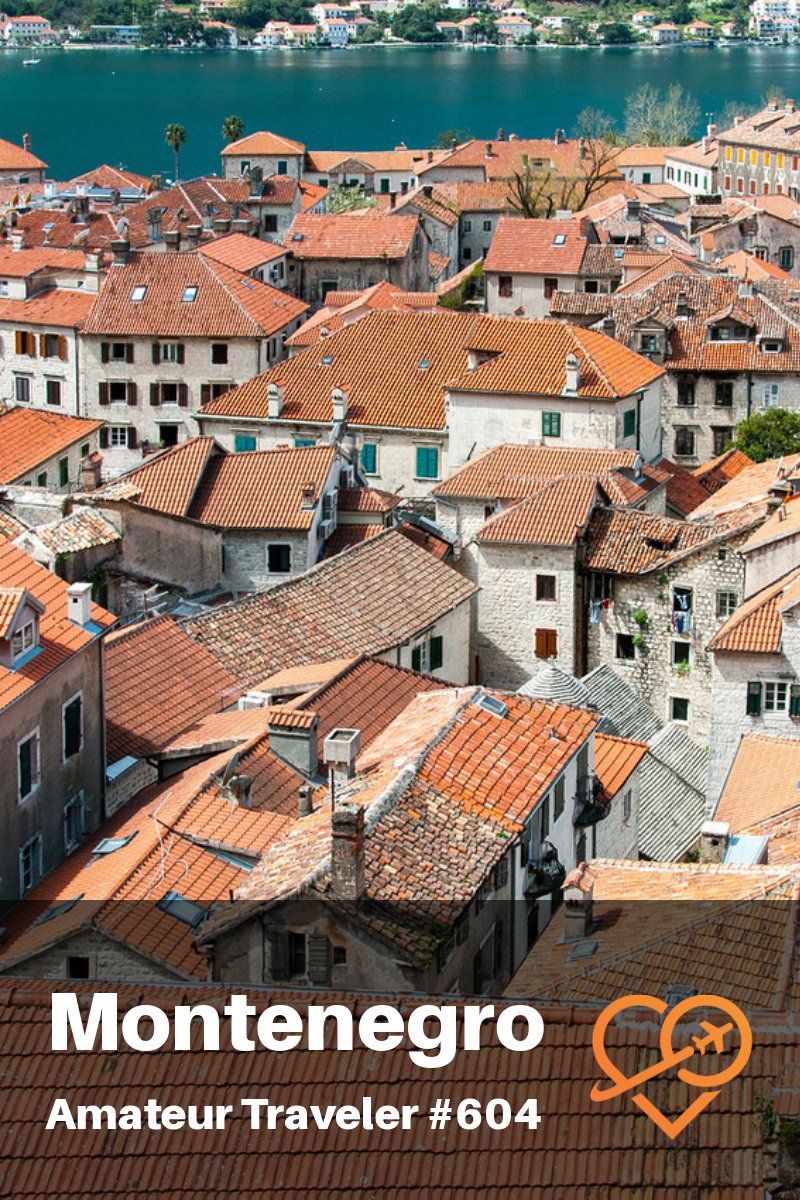
+Chris Christensen | @chris2x | facebook
2 Responses to “Travel to Montenegro – Episode 604”
Leave a Reply
Tags: audio travel podcast, budva, gary arndt, montenegro, podcast, unesco

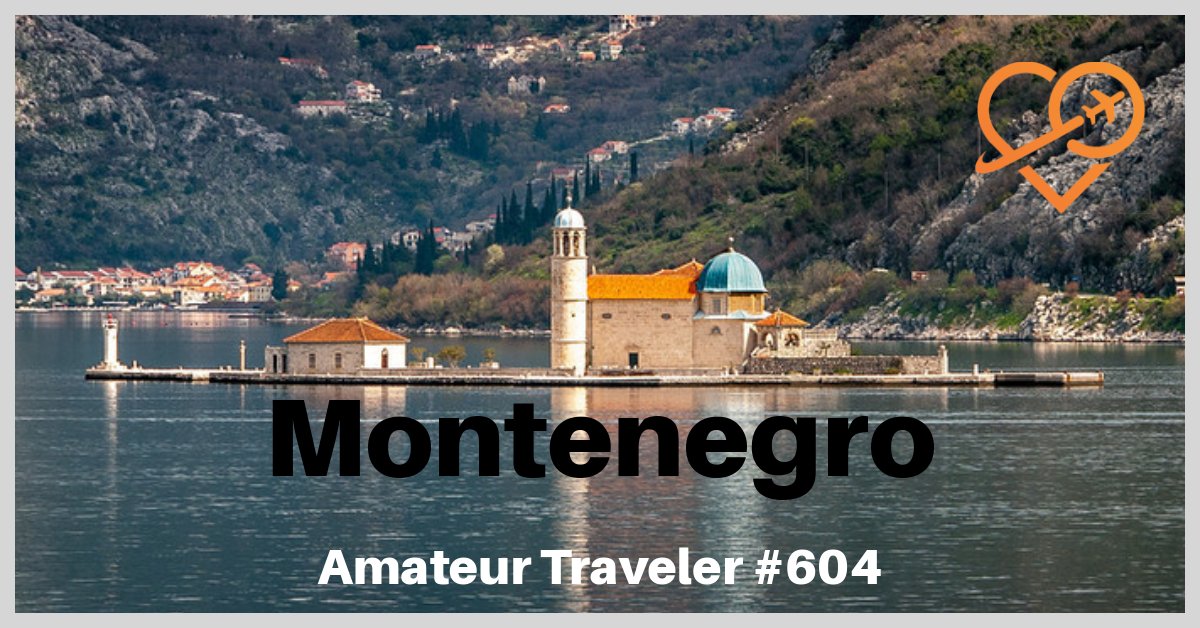
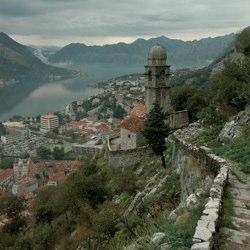 Travel to Montenegro – Episode 232
Travel to Montenegro – Episode 232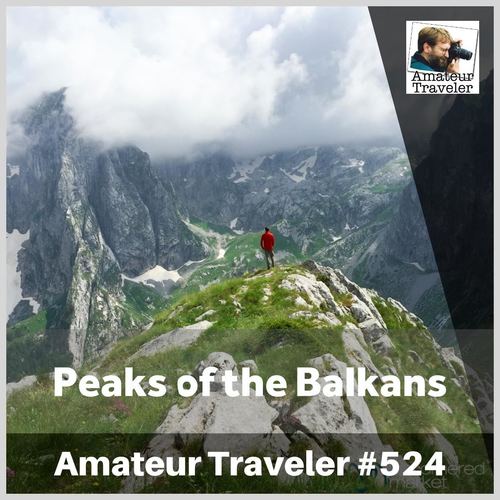 Hiking the Peaks of the Balkans (Albania, Kosovo, Montenegro) – Episode 524
Hiking the Peaks of the Balkans (Albania, Kosovo, Montenegro) – Episode 524 Switzerland UNESCO Sites – Episode 623
Switzerland UNESCO Sites – Episode 623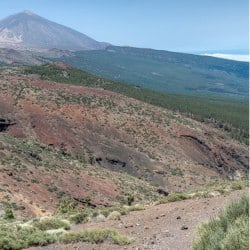 Travel to Spain’s Canary Islands – Episode 294
Travel to Spain’s Canary Islands – Episode 294

Risto Hajdukovic
Says:January 10th, 2019 at 7:35 pm
Very good insights for my country. But as always, the northern part of the coast gets all of the attention, although the most beautiful and unique beach is at the southernmost point.
‘Long beach’ in Ulcinj is a 13 km long SAND beach, the longest beach on the Adriatic coast (eastern coast of Italy, Croatia, Albania, Slovenia and of course Montenegro). In Ulcinj, as well, there is a ‘Solana’, the big bird sanctuary and heaven for birdwatching (you can see flamingos there). Also, in Bar there is a Roman aqueduct and 2000+ years old tree.
Some other interesting stuff missed in this episode are ‘Ostrog’, 17th c. Orthodox monastery carved into the mountain and a bunch of abandoned castles and fortresses built by Austro-Hungarian Empire (one of them is even on the island in the Boka Bay).
I want to add that capital Podgorica is the best place for a base as you can reach everything in 2 or 3 hours and from Herceg Novi northeast of Montenegro is pretty far away. Beside Podgorica, Tivat has an airport as well, so you don’t need to fly to Dubrovnik if you want to go to the Boka Bay.
All in all, very good insight, with proper pronunciations and good information.
chris2x
Says:January 10th, 2019 at 8:39 pm
Thanks Risto, god to hear.